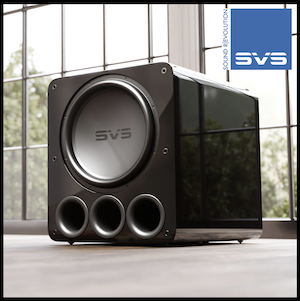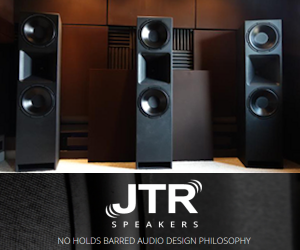Tony V.
Senior Member
More
- Preamp, Processor or Receiver
- Onkyo TX RZ920
- Main Amp
- Samson Servo 600
- Additional Amp
- QSC MX1500
- Universal / Blu-ray / CD Player
- Panasonic 220
- Streaming Subscriptions
- Denon DT 625 CD/Tape unit, Nintendo WiiU, and more
- Front Speakers
- EV Sentry 500
- Center Channel Speaker
- EV Sentry 500
- Surround Speakers
- Mission 762
- Surround Back Speakers
- Mission 762
- Subwoofers
- SVS PB13u
- Video Display Device
- Panasonic AE 8000
- Remote Control
- Logitech 1100
Welcome to AV NIRVANA!
Thats a loaded question there Marcus, Your going to get very different answers from different people as tastes in stile of speaker as well as sound will be all over the place.
That said you should stay with the same speaker line for all speakers (Atmos not so important as is the sub choice) SVS is always a fan favorite but it really depends on your budget?
Thats a loaded question there Marcus, Your going to get very different answers from different people as tastes in stile of speaker as well as sound will be all over the place.
That said you should stay with the same speaker line for all speakers (Atmos not so important as is the sub choice) SVS is always a fan favorite but it really depends on your budget?








